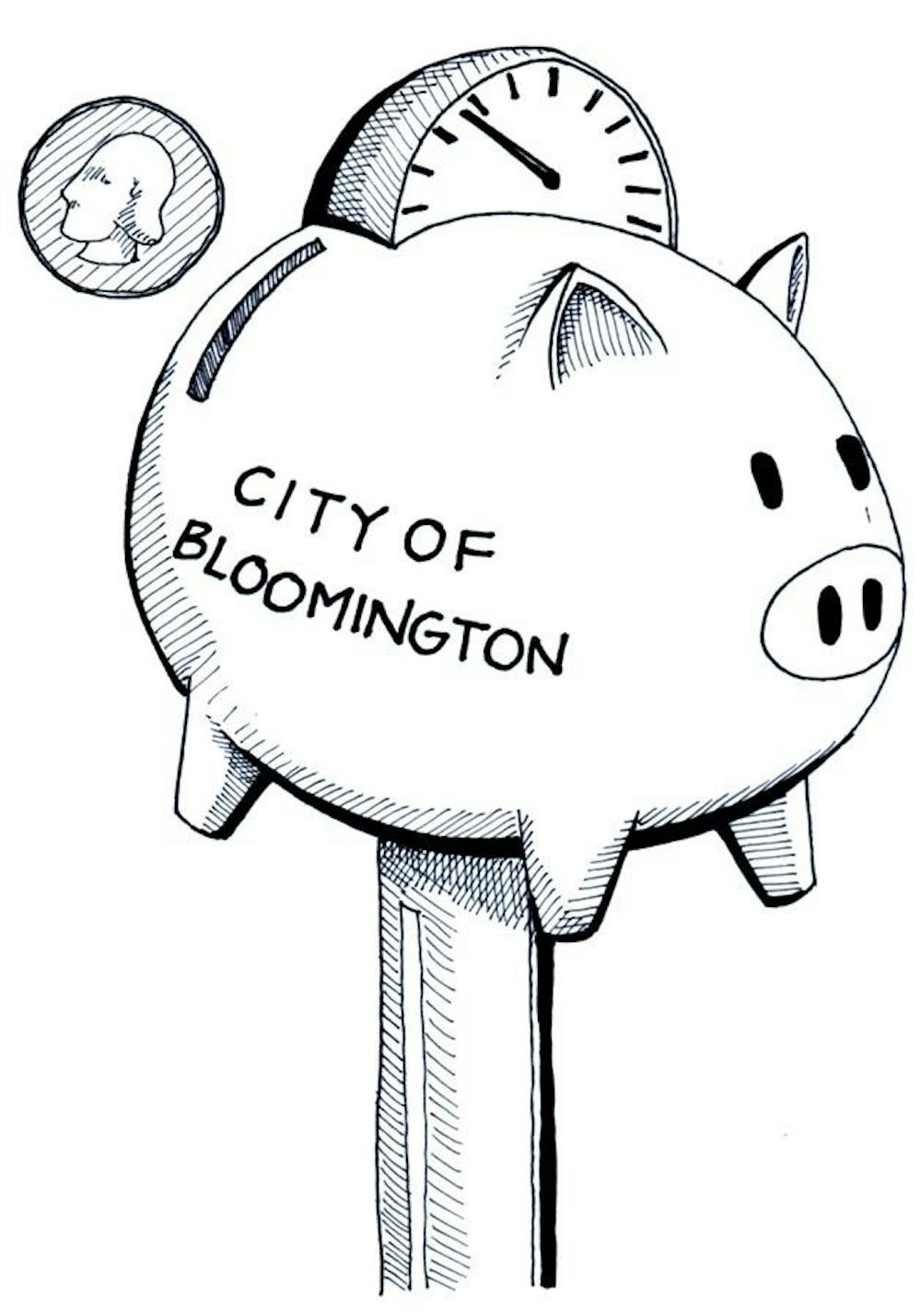Much can be done to improve a city with an additional $400,000 annually. That is the amount the City of Bloomington loses each year on parking garage expenditures. Something clearly needs to be done.
The City of Bloomington has identified the elimination of most free downtown parking as the most viable solution to the problem.
A plan supported by Mayor Mark Kruzan would add parking meters to nearly all of the 1,200 spaces currently available to the public.
While this debate is different from the discussion concerning IU parking privatization, it is not totally detached.
“The higher-priced parking and differently managed parking will produce spillover into the community,” Kruzan said.
With the privatization of parking at IU becoming a real possibility, students should be concerned with alternative parking options within the city.
Although Indianapolis more than doubled parking revenue from 2010 to 2011 by privatizing parking, privatization is not being considered by the City of Bloomington.
Such a turnover would be drastic and inappropriate for a district where people have not yet gotten used to paying for parking.
Metered parking is an ideal source of revenue for the city.
Many opponents of the plan cannot rationalize paying to park downtown when other retail venues such as College Mall offer free parking. This claim itself is irrational.
Parking that is seen as free at shopping centers like College Mall are paid for in rents by retailers. This in turn leads to higher retail prices.
In this situation, those who drive receive a subsidy, while those who use more sustainable alternative transportation are paying an additional cost.
This incentivizes driving and indirectly encourages public projects concerning roads rather than transit or other development.
Rather than having all city taxpayers fund public parking downtown, meters and increased parking garage usage shift the responsibility to those consumers using the service.
Since their invention, parking meters have also helped to decrease congestion in urban areas. Oklahoma City installed the nation’s first parking meter in 1935, and by the early 1940s, there were more than 140,000 in operation in the United States.
Today, there are an estimated four to five million parking meters in use across the country.
Bloomington is one of only two Big Ten cities without on-street metered parking in the downtown district.
Though some merchants are worried that this change would have a negative effect on business, City Public Works Director Susie Johnson has looked at several comparable cities and said, “We have found absolutely not one store that has closed as a result of metering downtown.”
Bloomington City Council voted 8-1 Feb. 6 to postpone consideration of the proposed parking plan until Mar. 20, a decision supported by Kruzan. In the meantime, the Greater Bloomington Chamber of Commerce has offered some recommendations.
This group of business owners and professionals is interested in moving forward with the idea of metering more spots but recommends the council take three months to explore all options before voting on any new parking ordinance.
The Chamber has already endorsed a plan from 2007 by Walker Parking Consultants that recommends adding meters downtown.
The proposed parking plan, which is influenced by the Walker plan, would provide funding for police patrols, park facilities and a plethora of parking garage expenses.
Taking more time to explore other options is not necessarily harmful, but the best solution has been presented. Park the car — it’s time for change. It’s time for metered parking.
— wroyal@indiana.edu
Meet your parking solution

Get stories like this in your inbox
Subscribe





